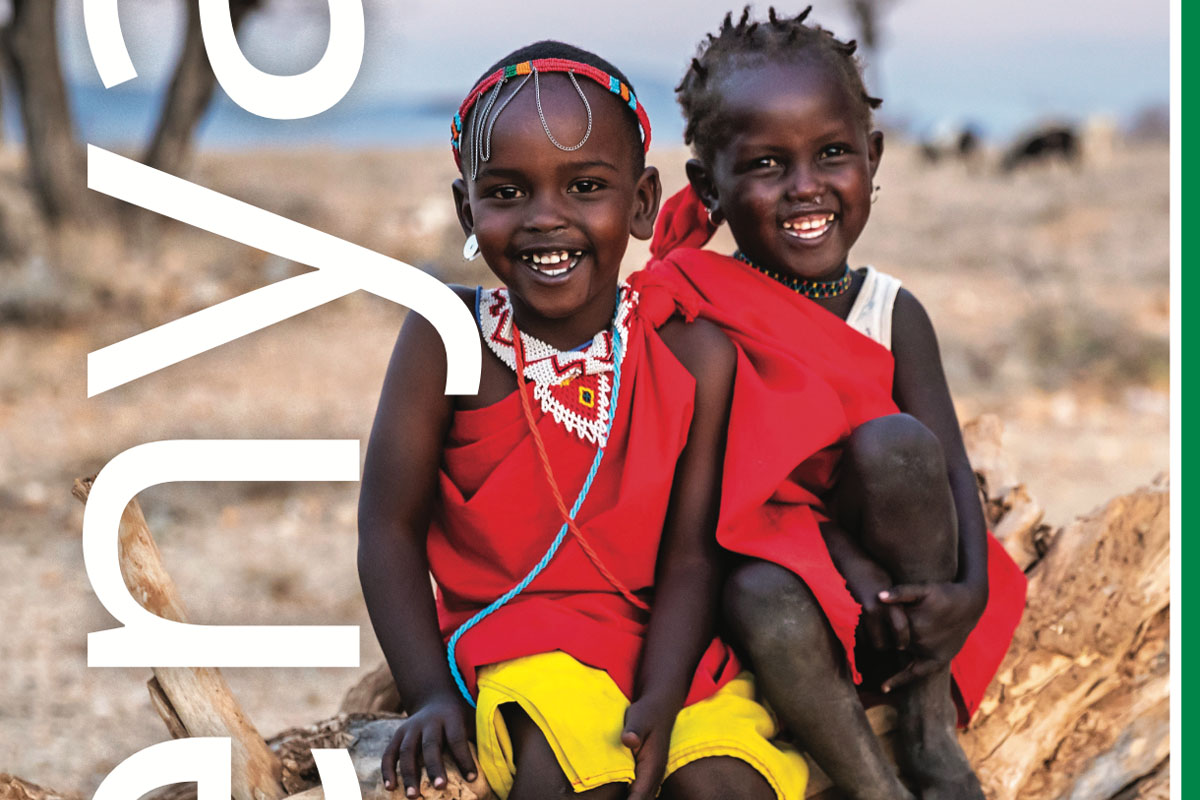
- Version
- Download 1378
- File Size 6.85 MB
- File Count 1
- Create Date August 7, 2022
- Last Updated August 7, 2022
Gender Assessment of the Land Sector in Kenya
Kenya occupies 582,646Km2 of land, which is categorised as public, community, and private. The Kenyan economy is predominantly agricultural, and approximately 80% of the population lives in rural areas and derives employment and livelihoods from agricultural activities, hence the importance of land access for rural livelihoods. Approximately 51% of the Kenyan population is female, but the majority do not own land. Failure to own land among women makes them vulnerable as it is a key factor of production, especially in the rural areas.
Land Actors in Kenyan Land Reform processes are many (i.e., national/county government, parastatals, National Environmental Management Authority (NEMA), National Land Commission (NLC), advocacy groups including women’s organisations, profession- al organisations, training institutions, farmers, pastoralists and fisher-folks, private land users/owners and development partners. Through a multi-stakeholder consultative policy formulation processes resulting in Sessional Paper No. 3 of 2009 on National Land Policy and Sessional Paper No 1 of 2017 on National Land Use Policy, both of which aim to promote positive land reforms for the improvement of the livelihood of Kenyans, the enactment of the Constitution (2010) provided an enabling environment for implementing the two policies.
Attached Files
| File | Action |
|---|---|
| National Gender Assessment of the Land sector - Kenya.pdf | Download |